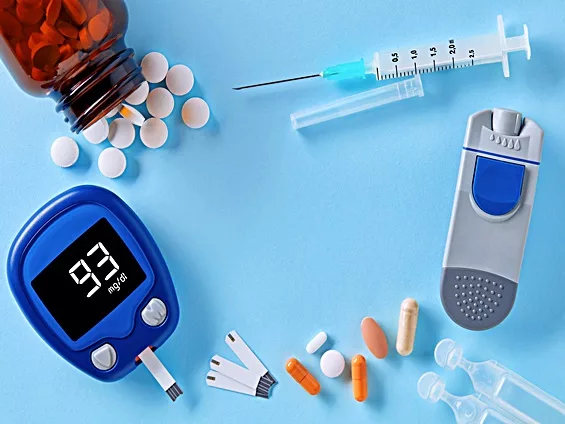Diabetes is the sixth deadliest disease. However, when considering the number of people affected by deadly diseases worldwide, diabetes tops the list with the most cases. According to research conducted by https://www.diabetes.co.uk, it is estimated that there are 415 million people with diabetes worldwide, and it is expected to rise to 642 million by the year 2040. This prompted me to write an article about it to expand our knowledge of this disease, which we can consider as ‘trending’ because the majority of our acquaintances, friends, or family members have it.
What’s even more concerning is that it’s not only affecting the elderly but also children. It’s saddening, isn’t it? Imagine if our child or grandchild has diabetes at a young age; it’s challenging to accept. Perhaps, this is the result of the world’s progress and the proliferation of various types of food and food businesses that provide people with a wide array of choices, leading them to make unhealthy food choices.
What causes diabetes?
There’s a part of our body located in our abdomen called the pancreas. The pancreas is responsible for producing insulin needed to distribute glucose or sugar to the cells of our body for us to use as energy. Our body cells require energy for various functions of our body organs and systems.
Diabetes originates when our body develops insulin resistance. Insulin resistance comes in two types.
First, there is a complete loss of the pancreas’s ability to release insulin hormones because antibodies in our body attack the pancreas cells themselves. This happens because our pancreas lacks substances and enzymes.
Second, the pancreas can still produce insulin, but it’s insufficient to transport the accumulated glucose in our body to the bloodstream and use it as energy.
When there is insulin resistance, glucose that cannot be converted into energy remains in the blood, leading to its buildup. It also weakens other body organs and systems due to the lack of energy. Energy is required for our metabolism, digestion, muscles, physical and mental activities. This is the reason for developing diabetes, with the primary symptoms being elevated blood sugar and blood glucose. If left unmanaged, it can lead to complications in other body organs.
According to experts, our blood should ideally have the consistency of water. Imagine a glass of water to which you add a glass of sugar. Wouldn’t its consistency change? It would thicken slightly, and when it passes through our veins, it would slow down, possibly even causing blockages if it becomes too thick. The first organ affected by this is our heart because the flow of blood becomes heavier. Another risk factor is the development of hypertension. When our body produces insufficient energy, it affects other organs, leading to complications. The lack of energy is why other body organs no longer function normally. So, if you’re diabetic, it means you’re lacking in energy. And because you’re low on energy, you become weak, and other parts of our body weaken as well.
Stay tuned for the next part, which will discuss the reasons why people develop diabetes.









